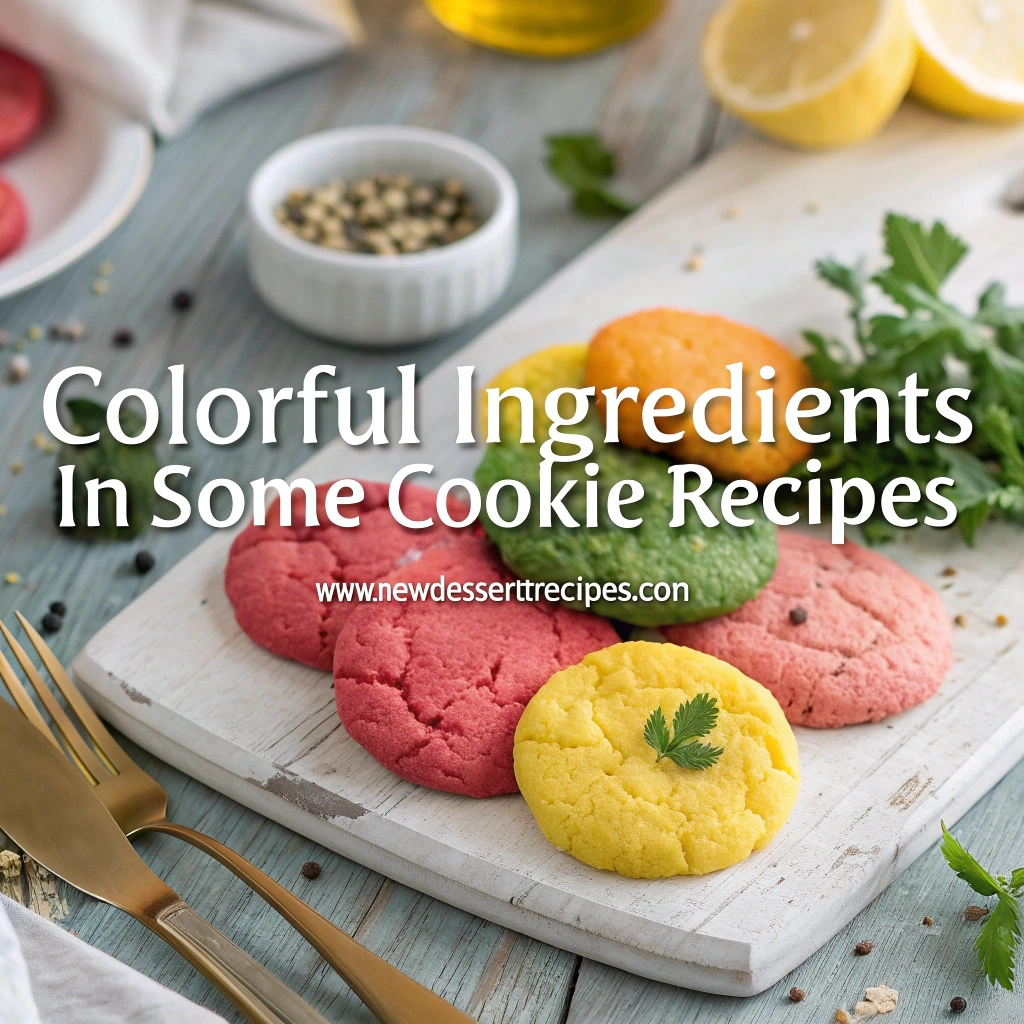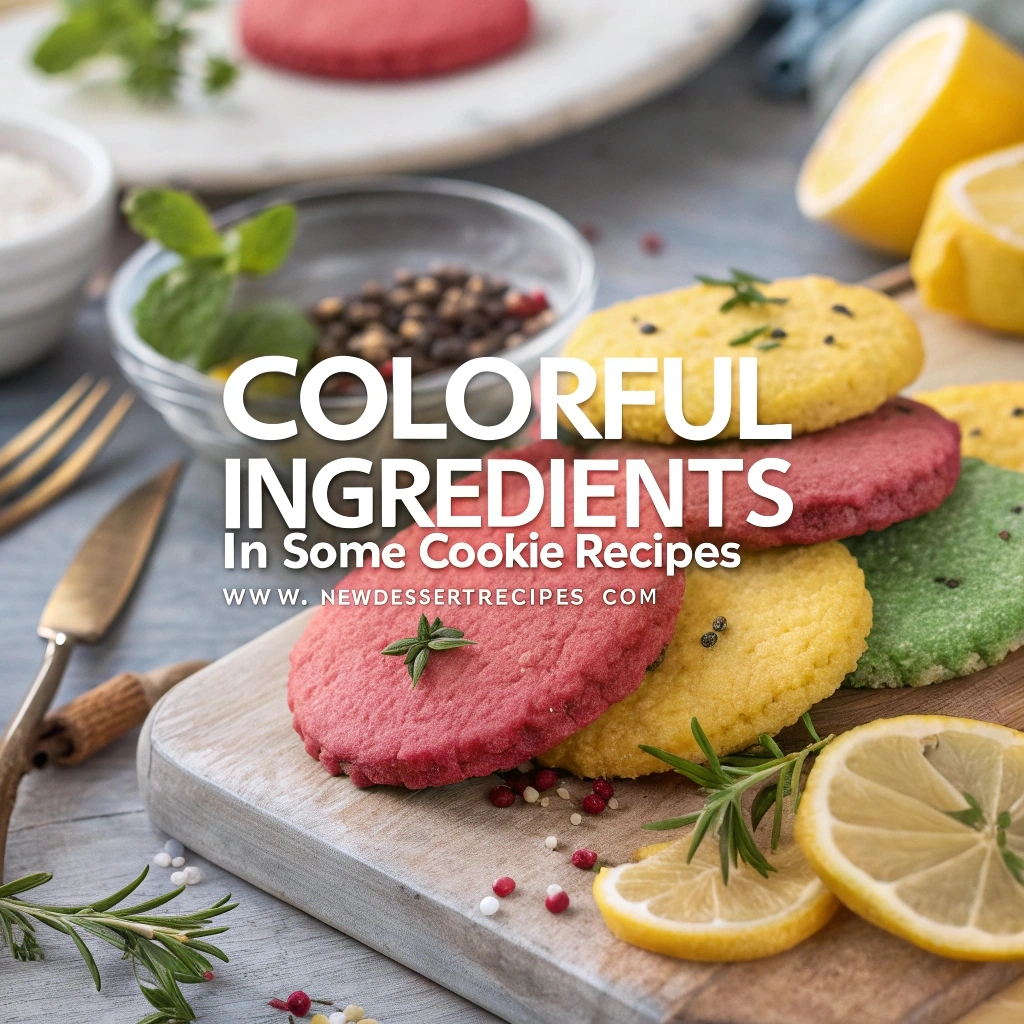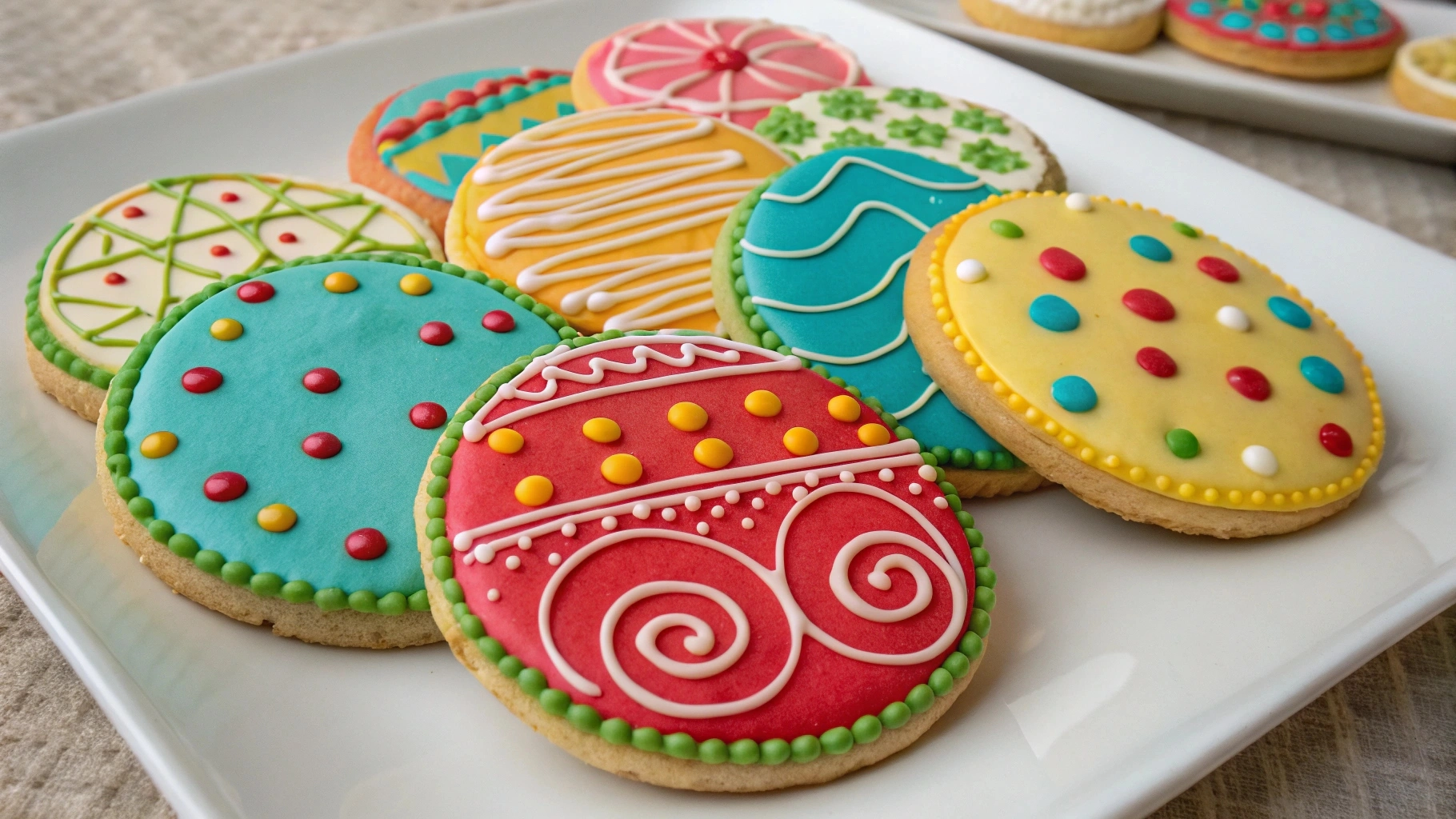colorful ingredients in some cookie recipes
Table of Contents
colorful ingredients in some cookie recipes
Key Takeaways
Get ready to transform your baking game with a vibrant journey into the world of colorful cookies! Whether you’re a home baker or a cookie enthusiast, this guide will unlock the secrets to creating eye-catching, delicious treats that are as beautiful as they are tasty. From natural food colorings to innovative techniques, you’ll learn how to bring a rainbow of flavors and colors to your cookie creations.
Understanding the Magic of Rainbow Cookie Creation
Baking has always been about more than just taste—it’s an art form that engages all our senses. Color plays a crucial role in making cookies not just a treat, but an experience. Imagine presenting a plate of cookies that looks like a painter’s palette, each one a unique masterpiece of flavor and hue.
Natural vs. Artificial Food Coloring Options
When it comes to adding color to your cookies, you’ve got two primary paths: natural and artificial colorings. Natural food colorings derive from fruits, vegetables, and plant sources, offering a healthier alternative with subtle, earthy tones. Artificial food colorings, on the other hand, provide vibrant, intense colors that can make your cookies pop.
Essential Base Ingredients for Vibrant Cookie Dough
Creating the perfect colorful cookie starts with a solid foundation. Let’s break down the key ingredients that will help you achieve those stunning hues:
- Butter or Shortening: The secret to rich, flavorful cookies. Use room-temperature fats to ensure smooth mixing and even color distribution.
- Sugar: More than just sweetness, different types of sugar can subtly influence your cookie’s color and texture.
- Eggs: The binding agent that adds softness and helps colors blend seamlessly.
- Flour: The structural backbone of your cookie, providing the perfect canvas for your colorful creation.
- Leavening Agents: Baking powder and baking soda help your cookies rise evenly, maintaining those beautiful color patterns.


Natural Food Colorings for Healthier Cookie Options
For the health-conscious baker, natural food colorings offer a fantastic alternative to artificial dyes. Here are some incredible plant-based color sources:
Plant-Based Color Palette
- Beets: Stunning pink to deep red hues
- Turmeric: Vibrant yellow tones
- Spirulina: Rich green shades
- Matcha: Soft, elegant green
- Purple Cabbage: Beautiful purple and blue colors
Vegetable Powder Alternatives
- Beet powder for deep reds
- Carrot powder for orange tones
- Pumpkin powder for warm, golden colors
- Spinach and kale powders for green variations
Fruit-Based Natural Dyes
Experiment with juices and purees from:
- Berries (raspberries, blueberries)
- Oranges
- Lemons
Colorful Ingredients Beyond Traditional Choices
Think beyond standard food coloring! Explore these unique ingredients to add both color and flavor:
- Matcha green tea powder
- Cocoa powder
- Freeze-dried fruit powders
- Purple sweet potato
- Activated charcoal
- Butterfly pea flower tea
Mastering Rainbow Cookie Techniques
Color Separation Strategies
- Layering: Carefully stack different colored doughs for distinct color bands
- Marbling: Gently combine doughs to create swirling, mixed color patterns
- Prevention: Minimize color bleeding by using high-quality colorings, chilling dough, and baking at lower temperatures
Tips for Working with Colored Cookie Dough
Storage and Preservation
- Use airtight containers
- Refrigerate or freeze dough to maintain color and prevent drying
- Separate layers with parchment paper
Troubleshooting Color Challenges
- Use gel food coloring for more intense, controlled colors
- Experiment with natural dyes for subtle, unique effects
- Adjust mixing techniques to prevent unintended color mixing
Creative Decorating Ideas
Elevate your colorful cookies with:
- Edible glitter
- Sprinkles
- Piped icing designs
- Themed decorations for holidays and special occasions
Common Mistakes to Avoid
Steer clear of these pitfalls:
- Overmixing the dough
- Using excessive food coloring
- Neglecting temperature control
- Exposing dough to air
- Compromising on ingredient quality
Storage and Shelf Life
| Cookie Type | Shelf Life |
|---|---|
| Soft, Chewy Cookies | 3-5 days |
| Crisp, Crunchy Cookies | 1-2 weeks |
| Cookies with Cream/Frosting | 3-4 days (refrigerated) |
Conclusion
Colorful cookies are more than just a treat—they’re an expression of creativity, a celebration of flavor, and a feast for the eyes. By understanding color techniques, exploring natural ingredients, and mastering basic baking skills, you can transform ordinary cookies into extraordinary works of edible art.
FAQ
Q: What are the best natural food coloring options? A: Beets, turmeric, spirulina, matcha, and fruit purees offer fantastic natural color alternatives.
Q: How can I prevent color bleeding in my cookies? A: Chill your dough, use high-quality gel food coloring, and bake at lower temperatures.
Q: How long do rainbow cookies last? A: Depending on the type, rainbow cookies can last 3-5 days for soft cookies and up to 2 weeks for crisp varieties.
How was the recipes ?
There are no reviews yet. Be the first one to write one.

